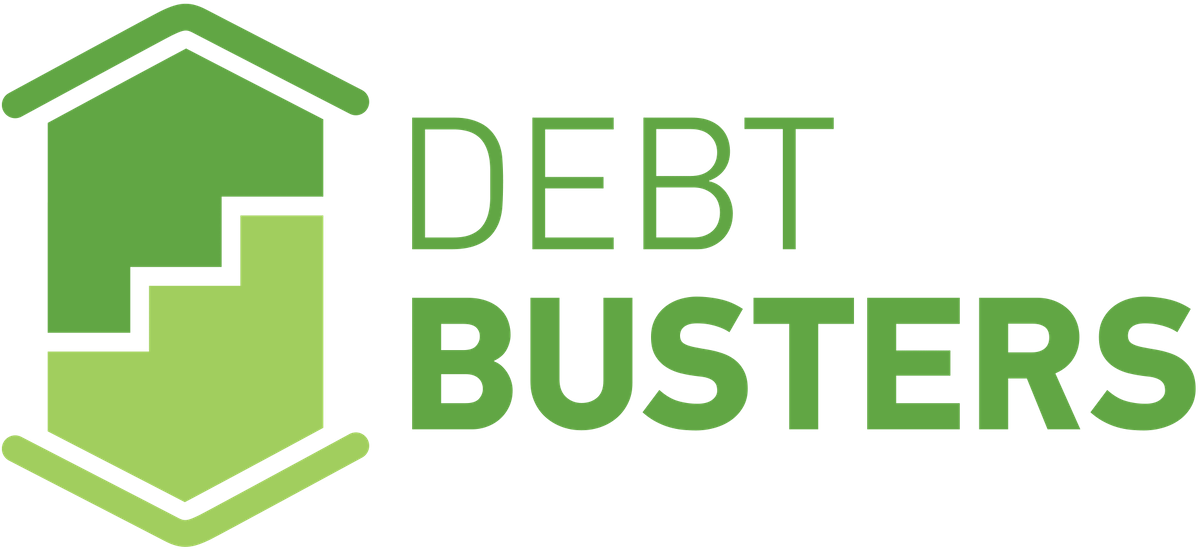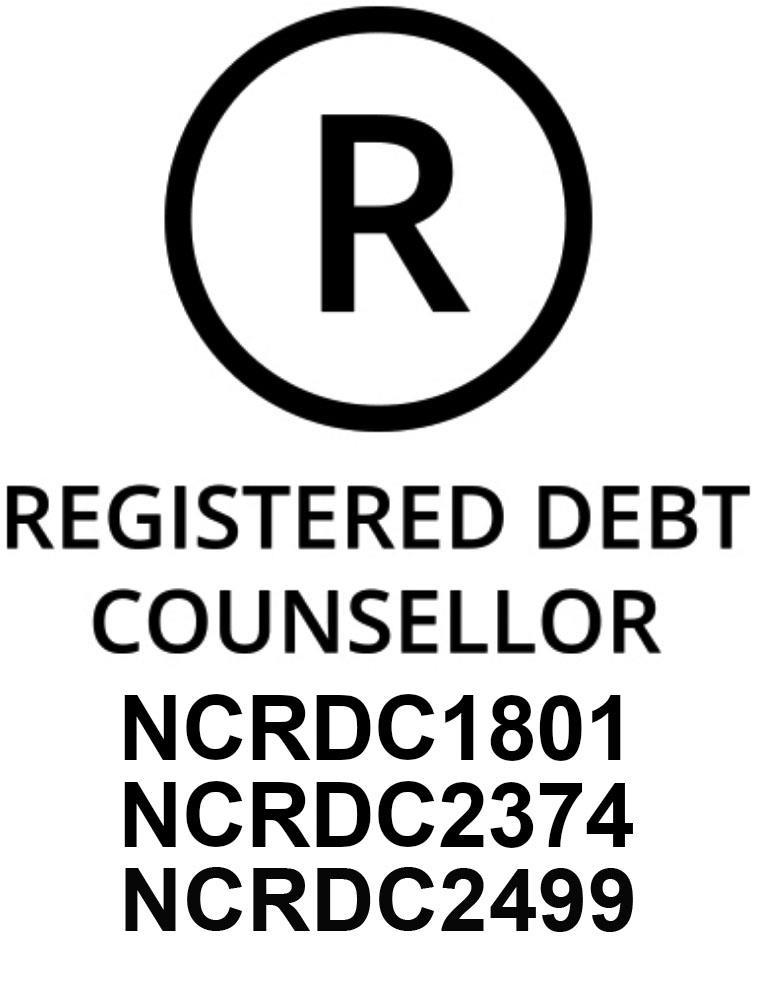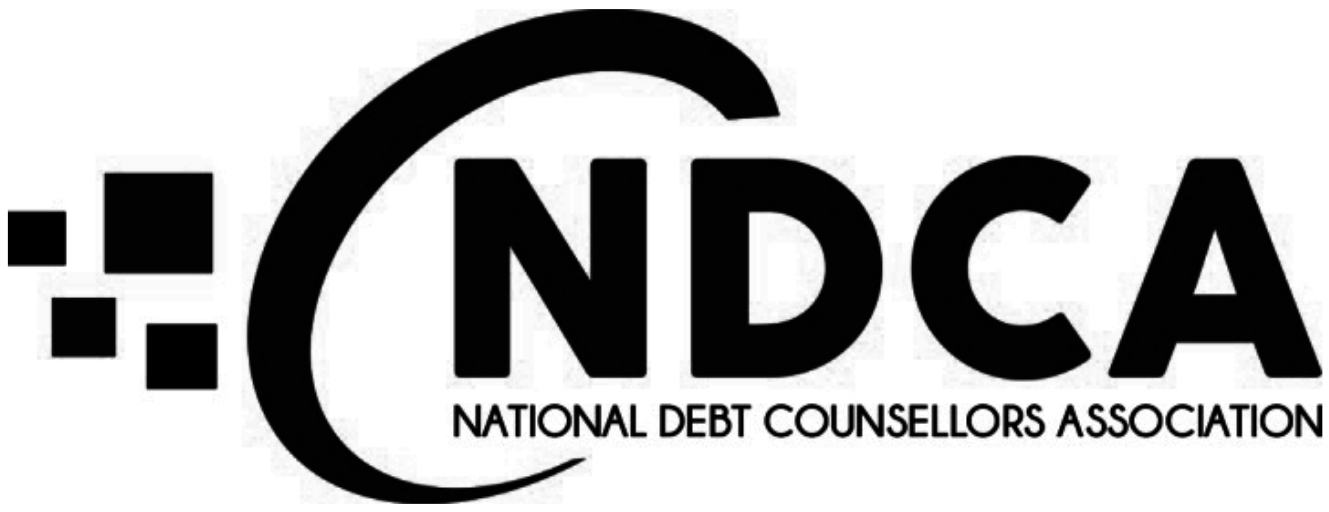If a judgement has been issued against you for an outstanding debt, and you are unable to settle the debt, you may face an emoluments attachment order (EAO).
This can cause significant anxiety, but understanding the process and knowing your rights can help you navigate the pitfalls and reduce the financial impact.
What is an emoluments attachment order (EAO)?
An emoluments attachment order is a legal tool that creditors can use to recover debts.
It’s a court-approved instruction that allows money to be collected directly from your salary via your employer to settle your debts.
How does an EAO work?
A creditor can apply to the court for an EAO against you if you fail to pay your outstanding debts and there is an existing judgement against you.
The EAO is usually granted if you don’t have enough assets to comply with the court order, leading to the process of “attaching” a portion of your salary.
Once it’s granted, your employer is legally compelled to withhold the funds from you and pay them over to your creditor.
The money will be transferred to your creditor in instalments for as long as it takes to repay the debt and cover the costs in full.
How does an EAO differ from a garnishee order?
Although they both offer ways for creditors to recover debts, EAOs and garnishee orders are not exactly the same thing, as they target different sources of funds.
An EAO specifically targets a debtor’s salary, while a garnishee order allows a creditor to take money from a debtor’s bank account, or a third party that owes the debtor money, such as a tenant.
An EAO can therefore be viewed as a type of garnishee order, since an employer may be considered a “garnishee”, but not vice versa.
If an EAO is issued against you, the debt remains your responsibility. However, if the amounts are not deducted from your salary, your employer could be held liable. They will have to promptly remit the deducted amount to your creditor to avoid potential legal consequences.
How is an EAO issued and implemented?
The legal process involves the following key steps:
- Your creditor first needs to prove your debt and get a judgement against you, with a court order compelling you to pay the outstanding amount.
- If you fail to pay, your creditor’s attorney can apply to the Magistrate’s Court for an EAO. The application must include the details of the judgement, your employment details, and how much needs to be deducted from your salary.
- The court will review the application and, if granted, issue the EAO, specifying how much may be deducted from your salary, and over what period.
- The EAO will be served on your employer by a sheriff.
- Your employer will be legally obliged to comply with the EAO by deducting the specified amount from your salary and paying it over to your creditor.
- If your employer fails to comply, the court can hold them liable for the unpaid debt.
Historic abuses of EAOs in South Africa
Unfortunately, EAOs have been subject to abuse in South Africa, so it’s vital to know your rights.
Up until 2015, a creditor could obtain an EAO against you in any court in the country, regardless of how far it was from where you lived or worked. The clerk of the court could authorise the EAO, whether you were present or not.
This meant that an unscrupulous creditor could forge your signature and garnish any amount from your income.
This lack of transparency, together with legal loopholes, made it difficult for debtors to defend themselves. Disreputable lenders could add interest, collection fees, and legal costs to amounts owed, trapping the debtor in a debt spiral.
Need debt counselling or consolidation?
Explore DebtBusters' solutions for reducing your interest rates and unlocking cash.
Find out moreCurrent, updated legislation curtails such abuses.
Jurisdiction and consent
In a 2015 judgement, the Western Cape High Court ruled that section 45 of the Magistrates’ Court Act, which infringed on debtors’ constitutional rights, was trumped by the National Credit Act.
The court ruled that the practice of issuing an EAO based on a debtor providing written consent was no longer legally permissible.
It also declared that an EAO could only be issued by a court close to where a debtor lives or works, and not in a remote location such as another province, since the debtor would likely be unable to contest the matter in person.
It’s essential to understand the legal process to challenge any unfair or unlawful actions brought against you.
Legal developments and reforms related to EAOs
Current legislation aims to prevent the abuse of EAOs.
EAO deductions are limited to 25% of your basic monthly salary, no matter how many EAOs have been issued against you, with the law stipulating that you should still be able to meet your basic living expenses every month.
You and/or your employer can challenge the EAO if you don’t have sufficient means to support yourself and your dependents after the deduction.
Legal aid offices – for example, Legal Aid South Africa and university law clinics – have taken steps to safeguard consumers’ rights. These organisations provide legal advice, representation, and aid, and have successfully taken legal action on behalf of victims of EAO abuse.
Having an EAO issued against you can have serious financial repercussions, reducing your disposable income, making budgeting tricky, and negatively affecting your credit score if you default. It’s therefore vital that EAOs are not used unscrupulously.
You have the right to dispute an EAO, particularly if you believe you may have been a victim of reckless lending, which occurs when a creditor fails to check your ability to repay a loan before granting it.
If you suspect you’ve been the victim of reckless lending, you can consult the National Financial Ombudsman free of charge (the credit ombud function is now part of this organisation). You can also contact the National Credit Regulator, although its focus is more on investigating the loan provider than recovering what may be due to you.
If you’re able to successfully challenge the credit agreement, the EAO will no longer be valid.
If you’re overindebted, or struggling to make repayments, you may want to consider debt counselling, a legal process where negotiations are conducted with creditors on your behalf, and a structured debt repayment plan is drawn up. This allows you to repay your debts over time and protects you from legal action.
How DebtBusters can help you manage EAOs and other debts
DebtBusters’ debt counsellors negotiate with your creditors to restructure your debt, enabling you to pay lower interest rates and a single monthly instalment. This will help you to save money, cover your living expenses, and in time, get on top of your debt.
The process also offers you legal protection in terms of any credit accounts included in your debt counselling plan. This means that no new EAOs or judgements can be taken against you, in respect of these.
DebtBusters offers you comprehensive support, making it easier for you to manage your debt, meet your financial obligations, and get back on the path to financial stability.





